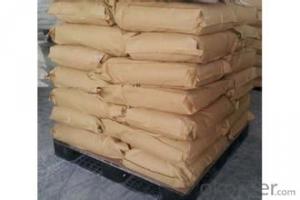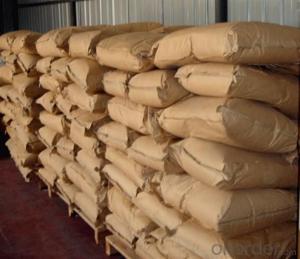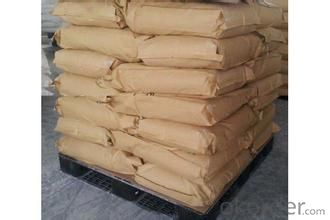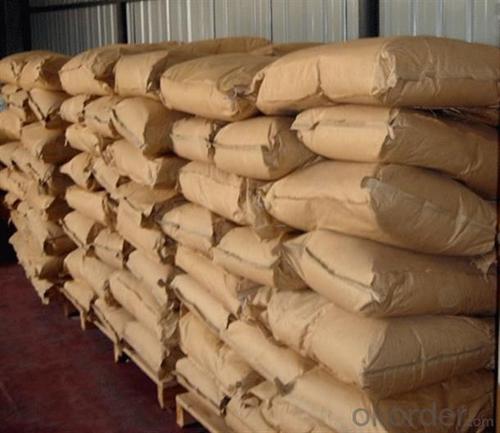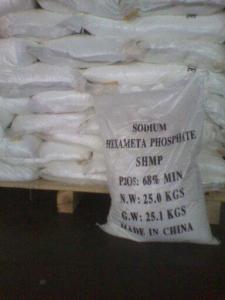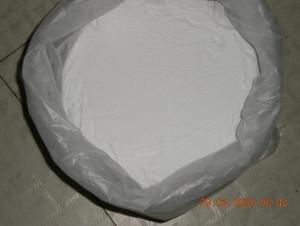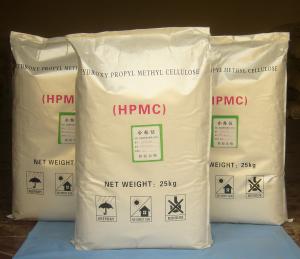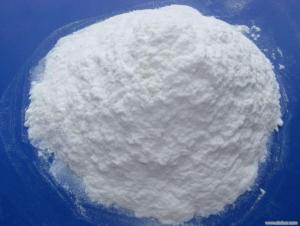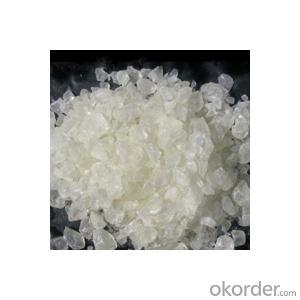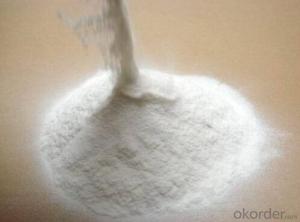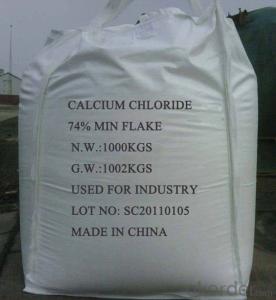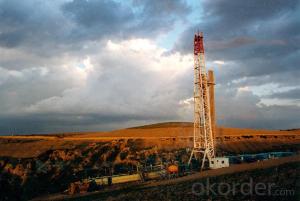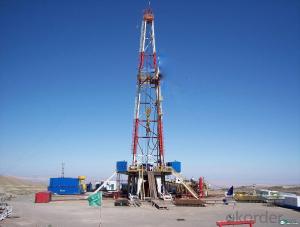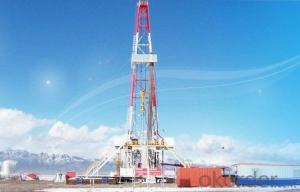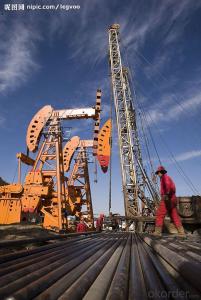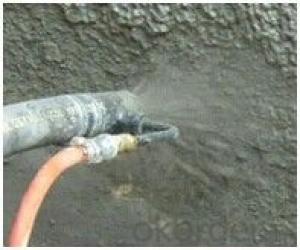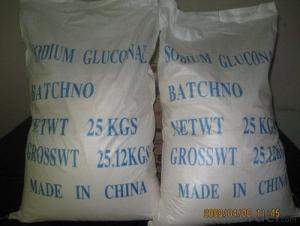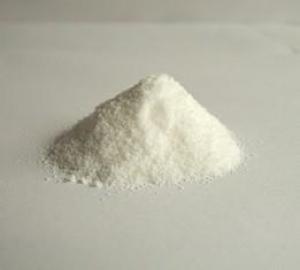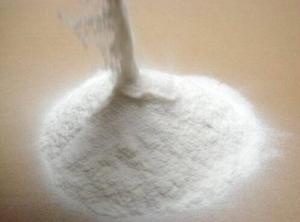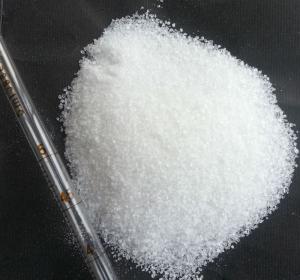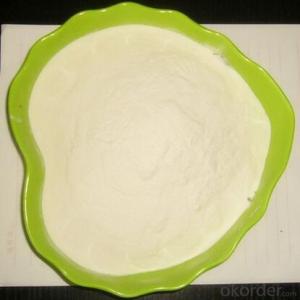PAC HV-CMC,LV-CMC For Drilling Fluid China Supplier
- Loading Port:
- Tianjin
- Payment Terms:
- TT OR LC
- Min Order Qty:
- 20 m.t.
- Supply Capability:
- 8000 m.t./month
OKorder Service Pledge
Quality Product, Order Online Tracking, Timely Delivery
OKorder Financial Service
Credit Rating, Credit Services, Credit Purchasing
You Might Also Like
| Oil Drilling Grade PAC&CMC |
| PAC&CMC can be used in drilling fluid, fixing fluid and fracturing fluid. In drilling fluid, it works as viscosifier, filtration reducer, and rheology controller; in fixing fluid, it is used to control fluid viscosity, suspend heavy objects, and avoid fluid loss; in fracturing fluid, it is used to carry stuffing and avoid fluid loss. |
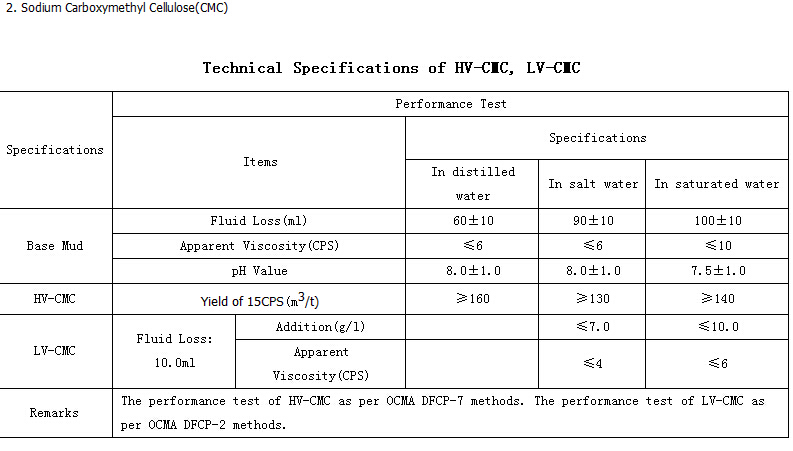
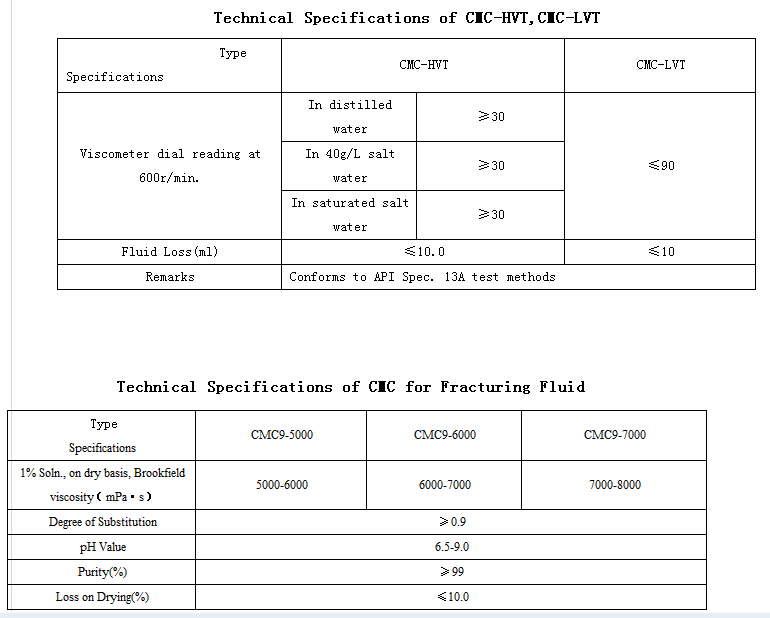
- Q: i need help pleaseeee
- Well the 2/3 is changed to -2/3 i don't know about the other one
- Q: what is flavoring additive and what would be an example of it?
- Flavoring additive is something that adds flavor or changes the taste of an ingredient or finished product. Flavoring additives would consist of anything from salt to hot sauce to basil for a savory dish and sugar, vanilla extract or chocolate for a sweet dish. Admittedly many savory dishes might also contain sugar and chocolate and sweet dishes often contain herbs, like basis.
- Q: If you can give me a link to a resource where I can watch the Documentary or even just a title. A documentary made by the major organizations (e.g. Discovery and National Geographic) would be highly appreciated.Anything about food additives. MSG, food coloring, preservatives taste enhancers etc.
- Super Size Me. You can rent it at any video store.
- Q: What are the commonly used tire additives?
- The thermal oxidation process of organic compounds is a series of free radical chain reactions. Under the action of heat, light or oxygen, the organic molecules first break on the weakest chemical bonds to produce lively free radicals R and hydroperoxides. The hydroperoxide ROOH undergoes a decomposition reaction and also produces a hydrocarbon oxygen radical RO and a hydroxyl radical HO. These free radicals can lead to a series of free radical chain reaction, and finally lead to organic compounds and the nature of the fundamental changes in the structure. The role of antioxidants is to eliminate the free radicals, or to promote the decomposition of hydroperoxide, to prevent the chain reaction. Can eliminate free radical antioxidants are aromatic amines and hindered phenols and other compounds and their derivatives, known as the main antioxidant; can break down the antioxidant antioxidant phosphorus and phosphorus containing organic compounds, known as Auxiliary antioxidant.
- Q: Suppose someone emits some light from a far away galaxy, call it #1. On its way to earth, the light passes another galaxy, galaxy #2. Then it hits the earth. Assuming that the scale-factor is not constant (i.e. the Universe is expanding and their is cosmological redshift) is the total redshift the light experiences equal to {the redshift from the galaxy 1 to galaxy 2} + {the redshift from galaxy 2 to the Earth}?In other words is z(2,E) z(2,1) + z(1,E)Mathematically, I think the answer is no, but why is this true physically? It seems very nonintuitive.
- If the redshift of the near galaxy as seen from Earth is X, and the redshift of the far galaxy as seen from Earth is Y, it would make sense that the redshift of the far galaxy from the near galaxy would be Y - X, except that redshift is not proportional to distance, but there's the problem. There are several kinds of redshifts -- doppler due to speed of separation, cosmological due to expansion of the universe, gravitational due to relativistic effects. Further, the doppler redshift is not linear. I may be misinterpreting something here, but the total redshift (cosmological redshift) between two objects can be considered to be the addition (the pedia article on redshift says concatenation) of the local redshifts between the bodies on the path. This make me answer your question yes
- Q: What is the chemical composition of the admixture of cast aluminum, the refining agent (slag, degassing) and so on?
- Aluminum alloy cover and scouring, so that the metal liquid and furnace gas isolation, to prevent oxidation, evaporation, suction. Remove the metal liquid impurities, with the role of thermal desulfurization. Refining principle reaction is as follows: the use of the main components NaNO3, graphite The reaction is as follows: NaNO3 + C → NaCO3 + N2 ↑ + CO2 ↑ 380 (2) The reaction is carried out under the following conditions: NaNO3 + C → NaCO3 + N2 ↑ + CO2 ↑ 380 ℃, NaNO3 → Na2O + NO ↑ after the reaction of N2, NO, CO2 gas on the human body and the environment are no corrosion stimulating effect, the refining effect is also good, refining temperature of 690-720 ℃, refining time is 5-12min rest time 5-8 min.
- Q: find the additive inverse of 8.?
- hayabusa's an some choppers mostly. and most of the race.sport bikes.
- Q: Said to eat food added to the food additives on the body is not good, and now add food additives ah, what will not it?
- Now because some companies for their own interests in the abuse of prohibited food additives, making everyone smell "agent" discoloration, in fact, food additives and we are not so terrible news, food additives is to improve food color, smell, taste and other quality As well as synthetic or natural substances in food for the needs of preserving and processing processes.
- Q: Does all preservatives, are all food additives?
- Food preservation is a number of processes (e.g. freezing, boiling, drying, smoking, adding vinegar or alcohol etc.) to stop or greatly slow down spoilage caused or accelerated by micro-organisms. Food additives are substances added to food to preserve flavour or improve its taste and appearance. They can be natural or artificial origin (vinegar, salting, sweeteners, emulsifiers, flavor enhancers etc.) So, teh answer to this strange question would be no - neither are all preservatives additives, neither are all additives preservatives.
- Q: Is good idea to use engine flush additives? for example 5 min flush before oil change.
- If you use cheaper/conventional motor oils that are prone to sludge, yes, I would recommend it. If you use a good synthetic you will probably not need it.
Send your message to us
PAC HV-CMC,LV-CMC For Drilling Fluid China Supplier
- Loading Port:
- Tianjin
- Payment Terms:
- TT OR LC
- Min Order Qty:
- 20 m.t.
- Supply Capability:
- 8000 m.t./month
OKorder Service Pledge
Quality Product, Order Online Tracking, Timely Delivery
OKorder Financial Service
Credit Rating, Credit Services, Credit Purchasing
Similar products
Hot products
Hot Searches

